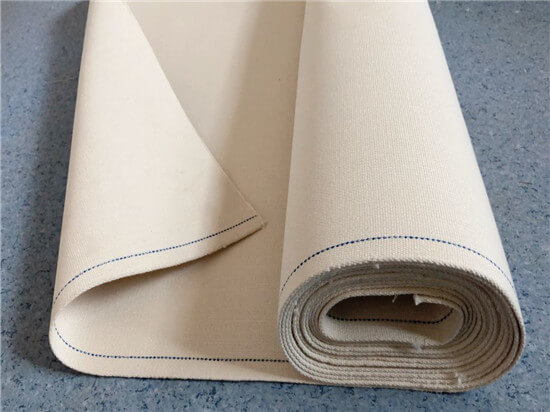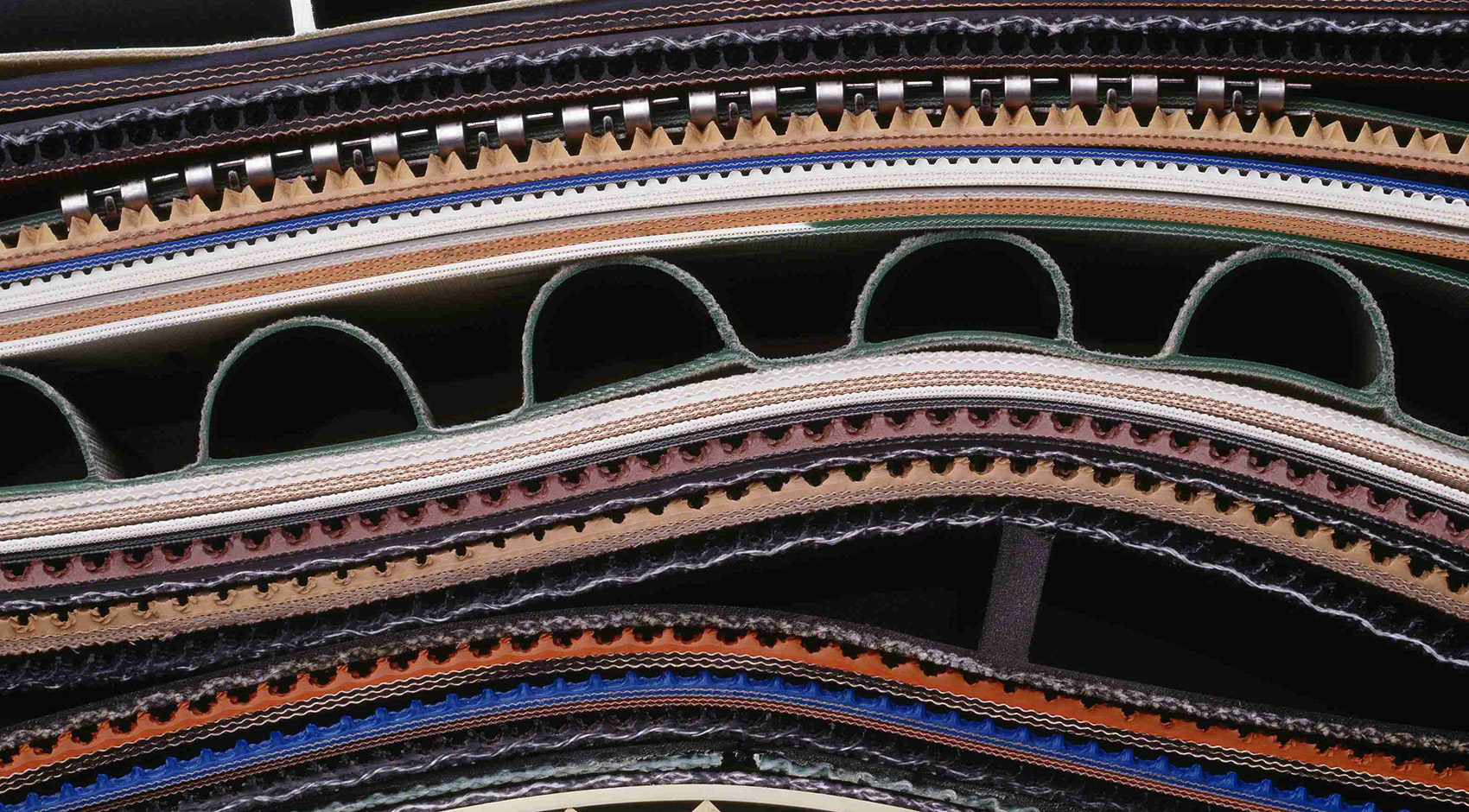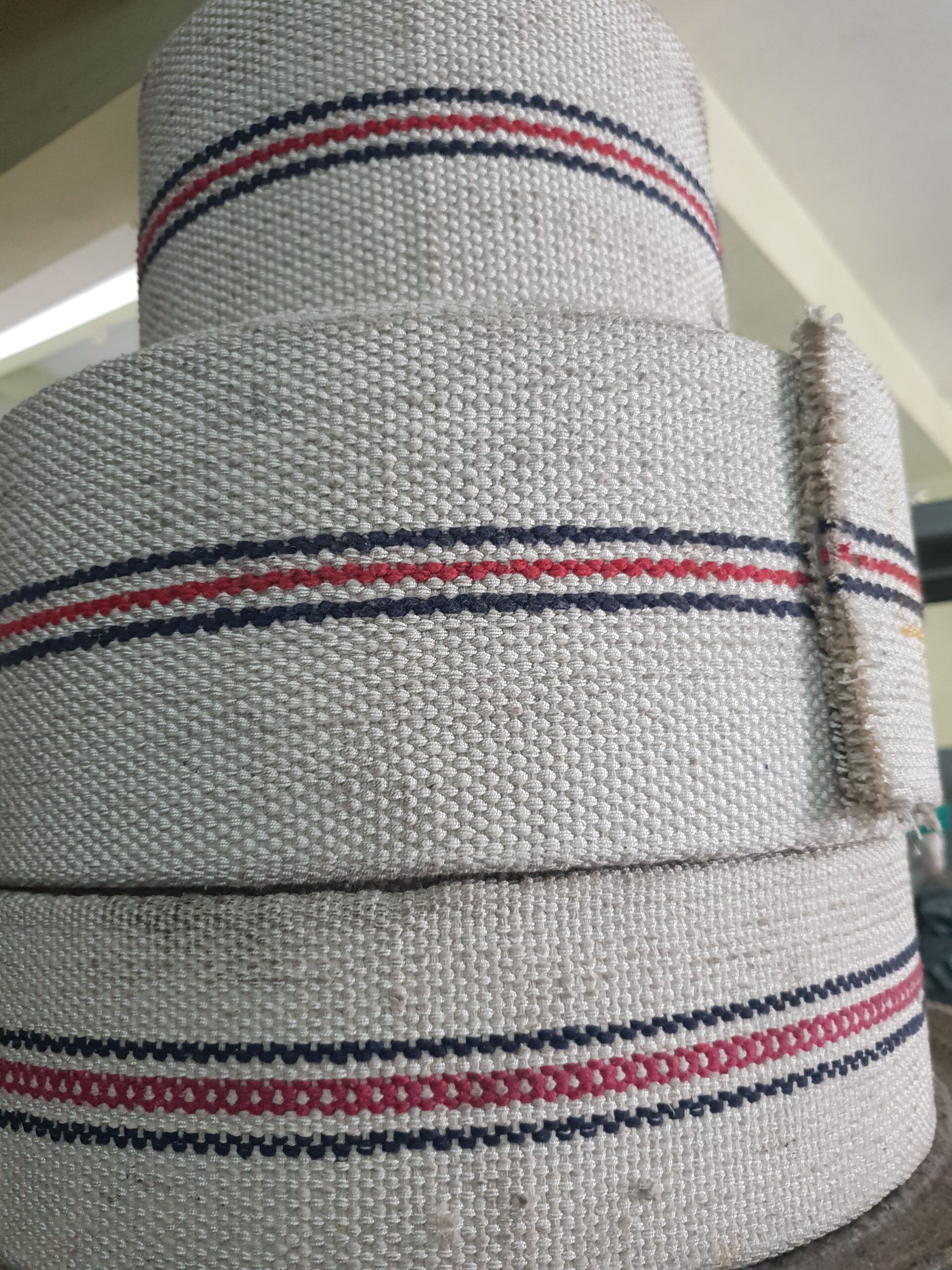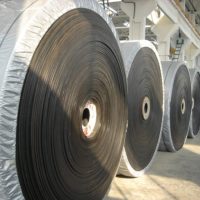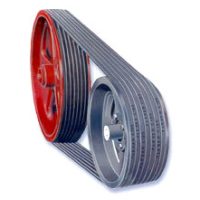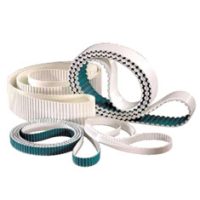Description
A conveyor belt is a looped belt that is driven by and wrapped around one or more pulleys. It is powered by an electric motor and supported by a metal plate bed or rollers upon which the conveyor belt rests. The pulley that powers a conveyor belt is referred to as the drive pulley and has an unpowered idler pulley.
Belt conveyors can be used to transport products in a straight line or through changes in elevation or direction. For conveying Bulk Materials like Grains, Ore, Coal, Sand etc., over gentle slopes or gentle curvatures, a troughed belt conveyor is used.
There are several types of conveyor systems, including belt, roller, overhead, and pneumatic conveyors. Each type has unique characteristics and uses across different industries.
They are used to transport materials from one point to another, often over long distances. Conveyor belts can be made from a variety of materials, including PVC, polyester, cotton, and rubber. There are four main types of conveyor belts: flat belts, modular belts, timing belts, and V-belts.
Belt conveyors can be used to transport products in a straight line or through changes in elevation or direction. For conveying Bulk Materials like Grains, Ore, Coal, Sand etc., over gentle slopes or gentle curvatures, a troughed belt conveyor is used. The trough of the belt ensures that the flowable material is contained within the edges of the belt. The trough is achieved by keeping the idler rollers in an angle to the horizontal at the sides of the idler frame. A Pipe Conveyor is used for material travel paths that require sharper bends and inclines up to 35 degrees.[2] A pipe conveyor features the edges of the belt being rolled together to form a circular section like a pipe. Like a Troughed Belt Conveyor, a Pipe Conveyor also uses idler rollers. However, in this case, the idler frame completely surrounds the conveyor belt helping it to retain the pipe section while pushing it forward. In the case of travel paths requiring high angles and snake-like curvatures, a Sandwich Belt is used. The sandwich belt design enables materials carried to travel along a path of high inclines up to 90-degree angles,[3] enabling a vertical path as opposed to a horizontal one. This transport option is also powered by idlers.
Other important components of the Belt Conveying System apart from the Pulleys and Idler rollers include the Drive Arrangement of reducer Gear Boxes, Drive motors, and associated couplings. Scrapers to clean the belt, Chutes for controlling the discharge direction, Skirts for containing the discharge on the receiving belt, Take Up assembly for “tensioning” the belt, Safety switches for personnel safety and Technological Structures like Stringer, Short Post, Drive Frames, Pulley Frames make up the balance items to complete the Belt Conveying system. In certain applications, Belt conveyors can also be used for static accumulation or cartons.

